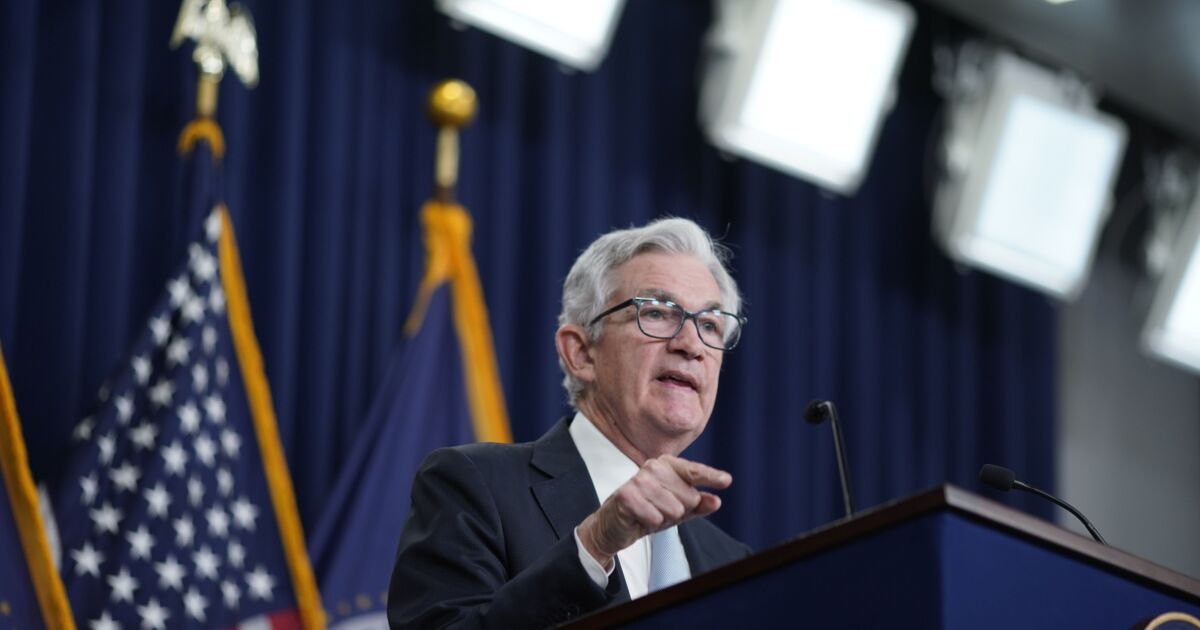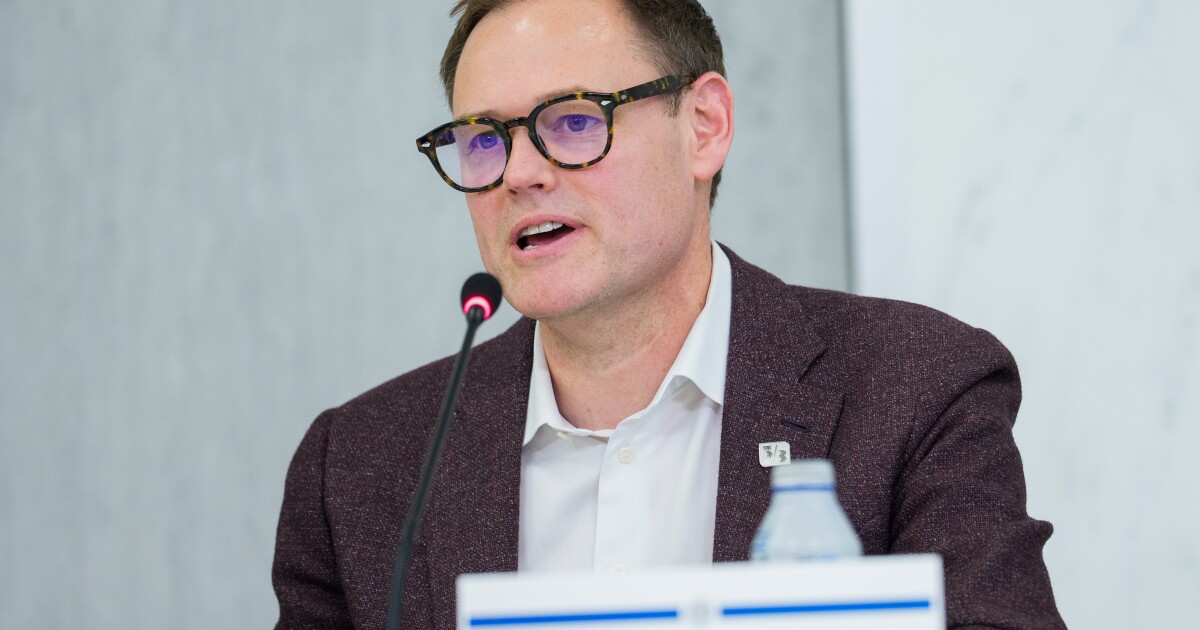
Recent
Last week, Fed governors and reserve bank presidents compiled their quarterly projections for the coming three years. Overall, the forecasters called for stronger economic growth, a lower unemployment rate and slower price growth than they had in September. They also indicated that several interest rate cuts could be in order in the coming 12 months.
While the prospect of less restrictive monetary policy was welcomed by banks and financial market participants broadly, some analysts say the rosier outlook makes it less likely that the
"The biggest issue was that the interest rate environment was very high and very harsh for banks, so if that sort of environment persisted into 2024 and beyond then, there would be good reason to at least consider authorizing it for one more year," said Derek Tang, co-founder of the Washington-based research firm Monetary Policy Analytics. "With the latest [Fed projections], the committee is pulling forward when it thinks it's going to start easing interest rates and suggest it is much less worried about inflation. That means longer-term bond yields are going to fall at a pace that relieves banks of that pressure."
On March 12, after the
Banks and other eligible depositories can use the facility to access low-cost, one-year loans by pledging collateral to the facility at full par value. Most lending facilities apply a haircut to assets based on current market value. Fed officials have described it as a "backstop" for the sector, aimed at both quelling depositor concerns and giving banks a tool for generating liquidity.
Coming into 2023, many banks had
Authorization for the program ends on March 11, 2024, so banks have up until that date to pledge collateral, giving banks the option of recapitalizing their holdings into 2025.
By law, authorizing — or in this case, re-authorizing — an emergency lending facility requires "unusual and exigent" circumstances. While there is no set criteria for what constitutes unusual and exigent, Tang noted the conditions need not be as dire as they were in the spring.
"Last March met that standard because we had bank failures and a lot of fear that it would spread," he said. "We no longer have that factor, but it doesn't necessarily need to be that level of despair to continue."
In his
"It's November 1 and that's a decision we'll be making in the first quarter of next year," Powell said.
Use of the BTFP has risen throughout the year. Borrowing from the facility hit $79 billion by April 5 and has grown steadily since then, reaching $124 billion on Dec. 13. While this volume makes up a small percentage of overall bank funding, Karen Petrou, managing partner at Federal Financial Analytics, said removing the facility could have consequences.
"As with all its emergency fixes, the Fed is in a mighty pickle if it closes the BTFP," Petrou said. "Banks continue to sit on large unrealized losses and love this security blanket."
Petrou noted that the program provides cheaper funding than the Fed's official last resort lending facility, the
As commercial deposits continue to trend down — having fallen by $900 billion since their peak in April 2022 — Petrou said banks want as many alternative funding options as possible. But, she noted, this preference alone is not enough to justify reauthorizing the BTFP.
"The window was meant to address an emergency and the Fed can't rationalize this subsidy and the risk it takes if there's no emergency," Petrou said. "As with [quantitative easing], it's a lot easier for the Fed to throw billions to banks than get them back."
Yet, while the most recent forecasts seem to spell an end to the conditions that necessitated the creation of the BTFP, those views are not set in stone. Federal Reserve Bank of New York President John Williams — a voting member on the FOMC — emphasized that point in an
Williams does not have a say over the authorization of emergency facilities, but he noted that economic conditions have been volatile in recent months, meaning further rate hikes could be in order.
"Things can change. One thing we've learned even over the past year is the data can move in surprising ways," he said. "We need to be ready to move to tighten policy further if the progress on inflation were to stall or reverse. The committee is clearly focused on making sure we bring inflation back down to 2% on a sustained basis."



